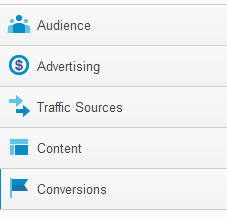
Google Analytics is the most widely used web analytics application since years. Basically it is an application/package developed by Urchin Software Corporation which was integrated by Google in early 2006 and the tool was publicly released for free with a new name Google Analytics. Since then the application was edited, developed and improved by Google and the design was simplified and more advanced features were added. Over years Google Analytics managed to gain popularity and has become heart of a website because of its simplicity and advanced features for site owners and professional marketers. The main focus of this tool is always the ease of reporting and traffic management. From visitor demographics, data segregation, referral traffic, conversion rates, and other advertisement, conversion and social media analytics are some great utilities offered to us.
Google Analytics can not only track visits coming on a website or the number of page views, it can be used as a great resource of information to analyze which content gets the most visits, time on site per visit, which ads are driving the most visitors to a site. It also tracks the performances of the marketing campaigns integrated with a website, including Adwords, Adsense and emails and many other reports.
Reports in a Nutshell (What you can measure):
1. Audience:
This report involves all the data related to visits coming on the website. The report includes many things related to the people visiting your website including where they’re located geographically, what language they speak, how often they visit your site and what computers and browsers they use to get there. Analyzing these reports will give you a complete package of information related to the users visiting your website which is a crucial aspect of any marketing campaign. It is always great to know where your potential users are coming from.
Google Analytics can not only track visits coming on a website or the number of page views, it can be used as a great resource of information to analyze which content gets the most visits, time on site per visit, which ads are driving the most visitors to a site. It also tracks the performances of the marketing campaigns integrated with a website, including Adwords, Adsense and emails and many other reports.
Reports in a Nutshell (What you can measure):
1. Audience:
This report involves all the data related to visits coming on the website. The report includes many things related to the people visiting your website including where they’re located geographically, what language they speak, how often they visit your site and what computers and browsers they use to get there. Analyzing these reports will give you a complete package of information related to the users visiting your website which is a crucial aspect of any marketing campaign. It is always great to know where your potential users are coming from.
1. Advertising (AdWords):
Most of the websites (especially Ecommerce websites) are running their Adwords campaigns on Google to generate more sales for their products or services. This involves investment and if a website owner is investing than it is obvious to track the returns. Google analytics offers a great interface with this section of reporting to track all the related information and reports related to a website’s Adwords campaign.
2. Traffic Sources:
This report provides vital information regarding the sources through which users visits your website and can be used to track which sites are linked to your pages. It is very easy to track the segregated data with this report and you can distinguish between search traffic, referral traffic and direct traffic coming on your website. Report also shows the traffic according to the Organic/PPC key phrases used while searching the website. You can also track the social conversions of your website if your website is integrated to social engagement websites.
Most of the websites (especially Ecommerce websites) are running their Adwords campaigns on Google to generate more sales for their products or services. This involves investment and if a website owner is investing than it is obvious to track the returns. Google analytics offers a great interface with this section of reporting to track all the related information and reports related to a website’s Adwords campaign.
2. Traffic Sources:
This report provides vital information regarding the sources through which users visits your website and can be used to track which sites are linked to your pages. It is very easy to track the segregated data with this report and you can distinguish between search traffic, referral traffic and direct traffic coming on your website. Report also shows the traffic according to the Organic/PPC key phrases used while searching the website. You can also track the social conversions of your website if your website is integrated to social engagement websites.
1. Content:
Reports from this section involves users interaction on your website and the pages which are most visited by users. It includes pageviews, unique pageviews, average time people spent on your website, Bounce rate of your website, and many more fruitful reports. It provides the information of the pages on your website on which people lands mostly and time they spent on that particular page. These reports are a great resource and we can set the marketing campaign of a website accordingly.
Reports from this section involves users interaction on your website and the pages which are most visited by users. It includes pageviews, unique pageviews, average time people spent on your website, Bounce rate of your website, and many more fruitful reports. It provides the information of the pages on your website on which people lands mostly and time they spent on that particular page. These reports are a great resource and we can set the marketing campaign of a website accordingly.
1. Conversions:
This set of reports consists of the several types of conversions you can set for your website such as Goals and funnels. Analytics is a great help to you if you are running an Ecommerce store than it is crucial for you to be aware of the conversions of your website in terms of the sales. It provides you all the information related to the transactions took place on your website and revenue generated from those transactions. Also, you can track that what visits are really converted into sales so that you can in that way with a better strategy.
This set of reports consists of the several types of conversions you can set for your website such as Goals and funnels. Analytics is a great help to you if you are running an Ecommerce store than it is crucial for you to be aware of the conversions of your website in terms of the sales. It provides you all the information related to the transactions took place on your website and revenue generated from those transactions. Also, you can track that what visits are really converted into sales so that you can in that way with a better strategy.
Miscellaneous Tweaks:
Other than the above specified reports there are other sections available in Google Analytics which is majorly important to analyze for website owners and search marketers. While navigating through these sections you can configure your website according to your requirements such as, you can set the users who can view the reports according to different access levels. You can also create filters for your website through which you can filter the data available in analytics as per your requirements. In a nutshell, these sections offers you ease to configure your analytics data visibility as you need. Also it provides great utility names as A/B testing. This testing involves your custom testing in which you can create two pages on your website with similar content or services and can track that which page is getting proper response from visitors. This is a great help for the website owners who are in a dilemma that which page or design will be best to use on the website.
Other than the above specified reports there are other sections available in Google Analytics which is majorly important to analyze for website owners and search marketers. While navigating through these sections you can configure your website according to your requirements such as, you can set the users who can view the reports according to different access levels. You can also create filters for your website through which you can filter the data available in analytics as per your requirements. In a nutshell, these sections offers you ease to configure your analytics data visibility as you need. Also it provides great utility names as A/B testing. This testing involves your custom testing in which you can create two pages on your website with similar content or services and can track that which page is getting proper response from visitors. This is a great help for the website owners who are in a dilemma that which page or design will be best to use on the website.
So to that end, we can conclude that Google analytics is a complete package to analyze a website from tip to toe and move your marketing campaign in a way which will not only provide you a list of reports to go through the website performance but also generate some positive prospects for your website according to the reports. Google is always in a process of improving and increasing the reporting procedure through Analytics and we can presume that in future more advanced features will be added for us.
By Anurag Sharma
For more visit KOL
By Anurag Sharma
For more visit KOL
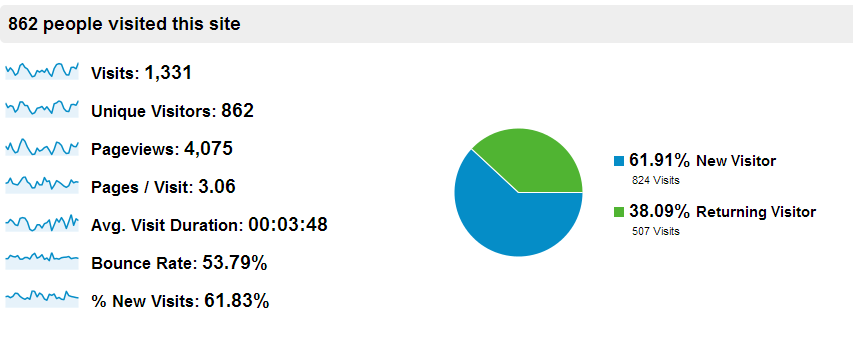
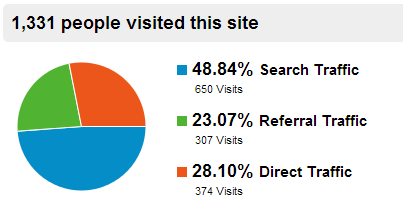
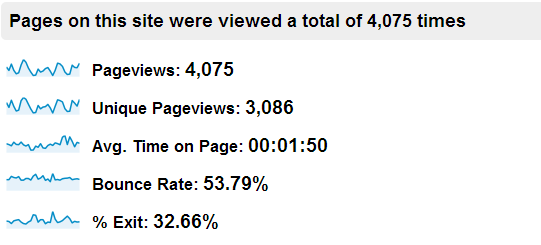
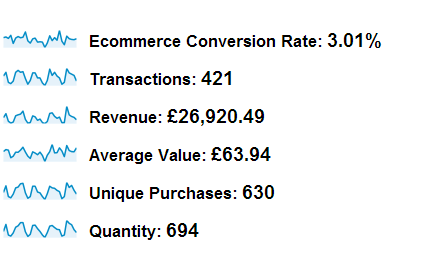



 RSS Feed
RSS Feed
